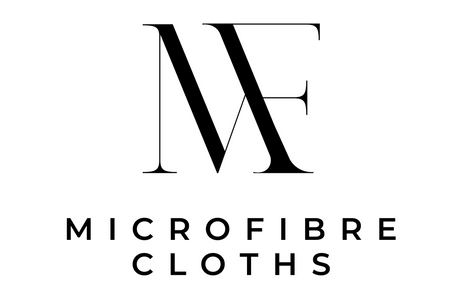Microfibre Technology Explained
Jul 09, 2019
Microfibre technology has no doubt revolutionised the cleaning industry as its innovative structure and multitude of applications has made cleaning more time efficient, economic and environmentally friendly, as it rarely requires to be used in conjunction with harsh chemicals.
Those reluctant to make the switch to microfibre from traditional cotton cleaning clothes are often lacking understanding of the benefits and processes of the innovative new material.
So what is microfibre and how does it work? Microfibre doesn’t appear physically to be anything spectacular in comparison with it’s predecessor cloths; it has a similar thickness and feel to regular cotton cloths but the design of the fabric is very much different.
The major difference is that the individual strands that make up microfibre cloth are incredibly small, so small in fact that the human eye can barely see them. Microfibre is a synthetic material made up of a blend of nylon and polymide and these materials are bundled together to form a strand that when viewed under a microscope appear to be in the shape of a star. During production these bundles are split into ultra fine single strands using a combination of heat, chemicals and agitation before being woven into the finished product. Once woven, the individual fibre strands create a surface area with millions of tiny spaces between each strand, which is where the dirt, moisture and debris are trapped when used. The quality of the microfibre material is determined by how many times the bundles are split into individual strands prior to being woven.
When using a microfibre cloth to clean a surface the ultra fine strands will also reach into cracks and crevices of that surface and pull out the dirt and moisture – trapping it. Judy Cline, director of microfibre cleaning at Rubbermaid states that traditional cleaning tools such as rope mops and regular cotton cloths “won’t reach into these crevices, but will instead push the dirt around”. Within the microfibre material there is also a static charge present that attracts dirt, effectively pulling it towards the tiny spaces between the fibres.

Microfibre is so effective at locking in dirt and moisture within its surface that it is becoming widely used in hospitals and other health facilities to avoid cross contamination between rooms and also in the food service industry where cross contamination of food preparation surfaces can lead to food poisoning.
Maintenance of microfibre cloths is fairly simple. You can wash a microfibre cloth just like any other standard cleaning cloth, which means avoiding excessively hot temperatures in washing machines and dryers and avoiding harsh chemicals such as bleach as these will break down the fibres within the cloth reducing its effectiveness. When cared for appropriately it is estimated that a single cloth can be used up to 500 times before it begins to show signs of wear.
TIP: Because microfibre cloths are so effective at attracting tiny particles you want to avoid the accumulation of lint and fabric softener sheet fluff when washing/drying as these particles will block the cloth’s small holes where the dirt and moisture become trapped during cleaning processes. The best thing to do is to wash your microfibre cloths with other microfibre cloths and avoid the use of fabric softer sheets in a drying machine.
At Microfibre Cloths we provide only the very best in quality microfibre cloths across Australia. We offer both standard and custom sized microfibre cloths to cater to the needs of commercial users in any industry and our wide range of colours allow for users to assign different coloured cloths to different tasks – making them even more efficient in avoiding cross contamination.
View our online store to purchase your own microfibre cloths in various quantities and colour combinations and for bulk purchases over 200 cloths you can visit our wholesale site Microfibre World.
Source: http://www.cleanlink.com



